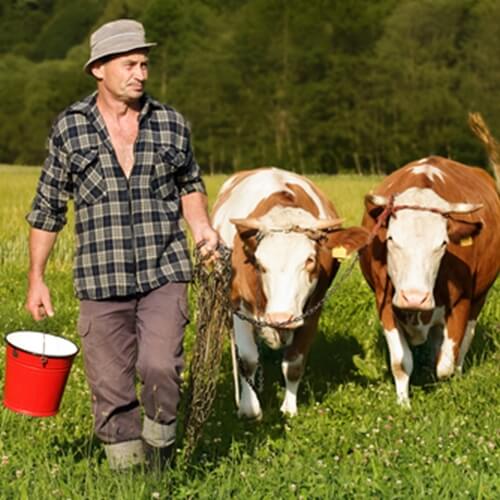The story behind grass-fed beef
Grass-fed beef is valued as an alternative to grain-fed. But what exactly does the term grass-fed mean? It turns out there is a lot more involved in raising cattle on a steady diet of grasses than simply letting them roam around a grassy field all day. The process is much more involved and it includes not only cows but chickens and may be beneficial to the environment.
Rotational grazing
Raising grass-fed cattle relies on a process known as rotational grazing. The cattle are rotated between a number of different fields in order to allow previously-grazed fields enough time to regrow. Cows that are frequently rotated will leave behind the root systems of grass as they graze. These root systems trap carbon dioxide in the soil, diminishing the amount released into the atmosphere and thus protecting the environment. As cattle graze, they leave behind manure. Often chickens are released to graze a field after the cows have been moved. These chickens spread out the manure that the cows left behind thus fertilizing the grass and causing it to grow faster.
Benefits of grass-fed beef
The alternative of raising grass-fed cattle is to raise them on a diet of corn, antibiotics and growth hormones. This method has shortened the growing time of beef cattle from 3 to 5 years to 16 months. However, these cows are not able to digest the corn, and thus this system of feeding often results in the cattle developing ulcers or other illnesses. Allowing cattle to feed on grass provides them with their natural diet and results in meat that is low in saturated fat and high in Omega-3 fatty acids which have been shown to possess a number of health benefits. As a result, grass-fed beef is an optimal choice for cooking.


